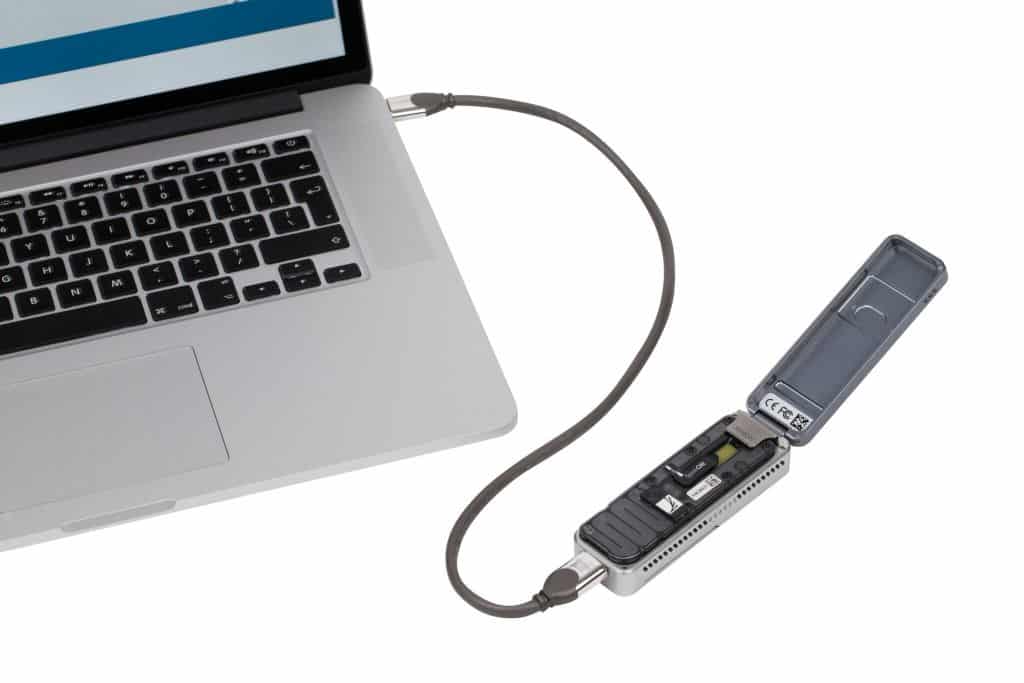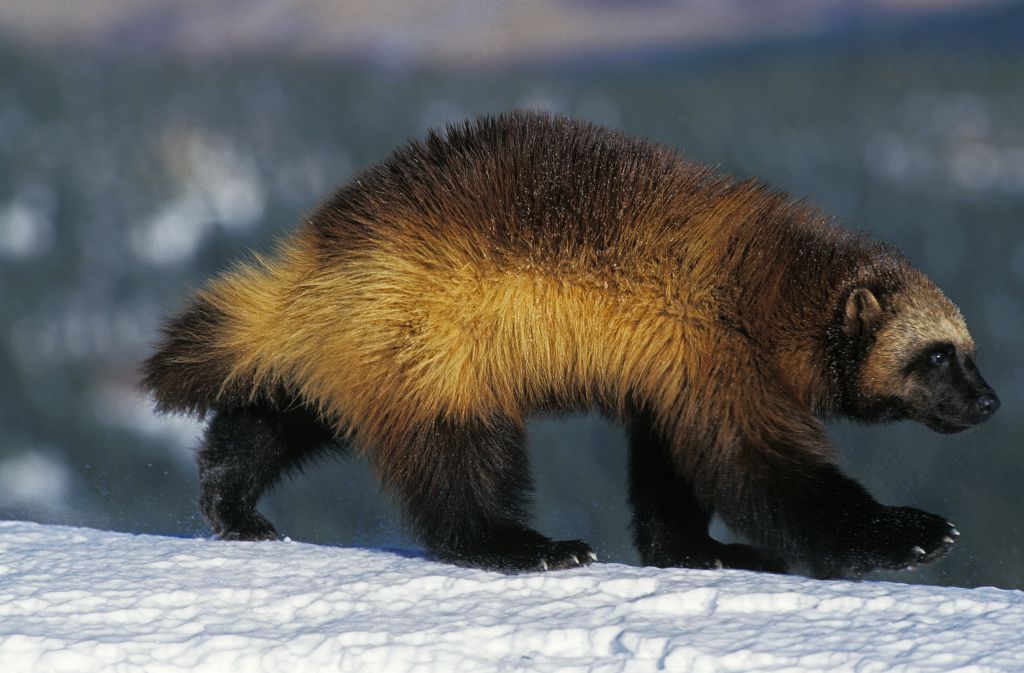Newsletter Signup - Under Article / In Page
"*" indicates required fields
Preserving Earth’s biodiversity is crucial as we rely on healthy ecosystems for many services, from clean air and water to protection from floods and pandemics. DNA sequencing is an invaluable tool for characterizing biodiversity and informing conservation efforts.
In Earth’s history, there have been five major mass extinction events — the most recent of which wiped out the dinosaurs 66 million years ago. Today, we are facing a biodiversity crisis where the rate of species extinction is hundreds of times higher than the normal rate, causing scientists to dub this ongoing extinction event the sixth mass extinction.
Caused in large part by human activity, including deforestation, overfishing and overhunting, fossil fuel burning, and pollution, the global habitat and biodiversity loss is unprecedented. Since 1970, there has been an average 68% drop in mammal, bird, fish, reptile and amphibian populations.
Biodiversity loss affects ecosystem health, which has major repercussions for human society. We rely on functioning ecosystems for climate stability, food and water security, building materials, and medicines — to name a few. Healthy ecosystems are also important for our health, as diminishing biodiversity can make pandemics more likely.
“Globally, overall biodiversity intactness is 75%, which is markedly under the agreed safe limit of 90% for warding off what’s known as an ‘ecological recession.’ A collapsing ecosystem affects all those species who rely on it, so it’s imperative that we act now to preserve our planet’s biodiversity,” said Neil Ward, PacBio vice president and general manager for EMEA.
Faced with an uphill battle, conservation scientists are collecting and documenting as many species as possible before they are lost. With advances in sequencing, genetic engineering and artificial intelligence, we now have access to more tools that can help us maintain or restore ecosystems. DNA sequencing in particular is a big focus for many companies and initiatives working to safeguard nature.
Sequencing environmental DNA
As an animal goes about its daily life, it leaves behind environmental DNA (eDNA) in the form of shed skin or hair, feces, saliva and blood. Collecting and sequencing eDNA can provide insights into an ecosystem from figuring out who’s eating whom and identifying invasive species to tracking rare animals and monitoring population size. All this can be done without having to interact with the animals and invasively collect DNA.
Traditional sequencing technologies are constrained to the lab, with bulky equipment and complicated workflows. But for scientists in the field, quick results with minimal preparation are important for informing conservation efforts and making immediate management decisions. For example, waiting weeks to mail samples can allow an infection to take hold and negatively impact a population before finding out if an outbreak was underway.
The U.K.-based Oxford Nanopore Technologies makes in-field sequencing and biodiversity monitoring a reality with their portable nanopore sequencing technology. Using the pocket-sized MinION sequencer and other miniaturized laboratory equipment developed by Nanopore, scientists can carry a relatively inexpensive lab in their backpack as they trek through habitats thousands of miles away from a sequencing lab.

The ability to affordably monitor genomic data in real-time can also empower local conservation agencies by minimizing reliance on international research facilities with DNA sequencing infrastructure. This is especially important as biodiversity is primarily concentrated in the world’s tropical regions, which can be difficult to access. As habitat and biodiversity loss accelerates, time is critical for cataloging and characterizing the millions of species that remain undiscovered.
These sequencing efforts generate large amounts of data that can be difficult to parse. The U.K. startup NatureMetrics uses the collected eDNA to generate biodiversity data at scale and bridge the gap between molecular ecologists and environmental managers. Through simple DNA-based monitoring tools and services, NatureMetrics aims to help local communities, conservationists and even citizen scientists assess biodiversity and improve conservation outcomes.
Assembling and annotating the blueprints
After DNA sequencing, the strings of code generated need to be placed in the correct order to assemble the genome. This is followed by genome annotation, where genes and protein domains are identified to determine their possible functions. These steps are necessary for building a species’ blueprint, or reference genome, which is an idealized assembly of the DNA of several individuals of that species.
For species that have not yet been sequenced — meaning there is no available genome to use as a reference for assembly — a technique called de novo genome assembly is employed. Several conservation groups and initiatives have thus partnered with biotechs that can provide sequencing and genome assembly support.
The U.S. biotech 10X Genomics is a developer of gene sequencing technology, and offers de novo genome assembly solutions. In 2018, they partnered with Canada’s Genomics Enterprise CanSeq150 initiative to help produce high-quality de novo assemblies of 150 genomes of species that are socially and economically important to Canada. That same year, they joined the Sanger Institute’s 25 Genomes Project to help sequence the genomes of 25 species in the U.K.
10X Genomics’ technology has also been used to create reference genomes for the threatened African wild dog as well as the at-risk monk seal, beluga whale and Northern sea otter.
In 2021, the U.S. company Dovetail Genomics — a leader in de novo genome assembly — partnered with the non-profit biotech Revive & Restore to sequence and assemble the genomes of 15 endangered species. So far, two projects have been initiated to sequence the endangered Banggai Cardinalfish of Indonesia and the North American wolverine.

“The information that is held within a species’ DNA can help conservationists discover the genetic basis of adaptability and resilience, reveal breeding structures, the genetics of stress and immune responses or local adaptations,” said Bridget Baumgartner, Revive & Restore program manager, in a public statement. “This information can help us predict a species’ responses to climate change and allow people to make better wildlife management decisions.”
Reference genomes for building the tree of life
To obtain an accurate representation of global biodiversity, immense efforts are required for large-scale generation of reference genomes. Recent technological advances in genomics are enabling this endeavor, as previously reference genomes were only available for model organisms — species used by researchers in the lab to understand biological processes.
“Advanced sequencing technologies that produce highly accurate reads are crucial to assembling complete plant and animal genomes. These reference genomes are what is required to design and develop plans for species conservation and the preservation of ecosystems,” said Ward. “Once reference information is made available and shared, the references can then also be used to compare to the genomes of other species and broaden our understanding of biodiversity.”
The California-based PacBio is a pioneer in advanced sequencing technologies, having developed single-molecule long-read sequencing, which enables sequencing of long stretches of DNA in one go. These long read lengths make de novo genome sequencing and assembly easier than with traditional short-read sequencing, which often leads to gaps and difficulties in assembling complex genomes.
Using a hybrid technique of long- and short-read sequencing, PacBio managed to assemble the gigantic genome of the California redwood — nine times the size of the human genome — in just 17 days. A few decades ago, it took 13 years and $1 billion dollars to sequence the first human genome.
In addition to partnering with the California Conservation Genomics Project and the European Reference Genome Atlas initiative, PacBio’s technologies are being used in several sequencing consortia like the Darwin Tree of Life, Vertebrate Genomes Project and Arthropod i5k project.
PacBio sequencing is also supporting one of the most ambitious initiatives in the history of biology: the Earth BioGenome Project, which aims to sequence all of Earth’s eukaryotes by 2030. Eukaryotes — organisms whose cells contain a distinct nucleus within a membrane — represent about 1.5 million species that include the single-celled protozoa, fungi, plants and animals.
The information gleaned from these global sequencing initiatives will help us understand the impact of climate change on biodiversity, conserve endangered species and preserve or enhance the services we get from the ecosystem.
As Ward emphasized, “Preserving biodiversity will be extremely important in helping us meet the challenges that we face in the future — from securing the food supply for a growing global population to the development of new antimicrobials. Given the catastrophic issues we’re already facing globally from falling crop yields and the impact of climate change, biodiversity losses will only make things far more difficult in the long run.”






